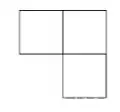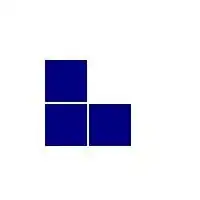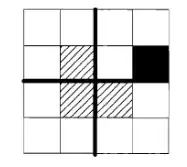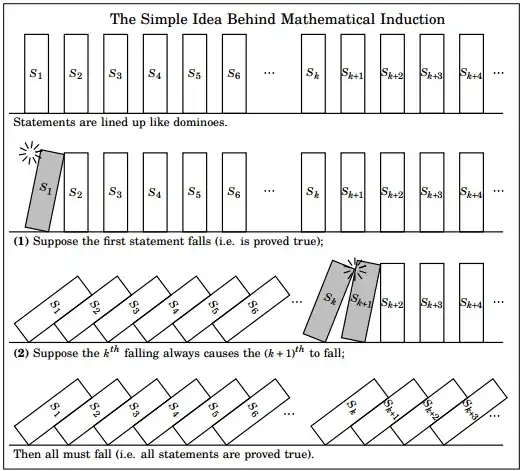Here is the first example I saw of induction, and I still think it's a beautiful one.
Problem: Prove that a $2^n \times 2^n$ sheet of graph paper with one box removed, can be tiled with L-shaped trominos.


Proof: For the $n=1$ case, there is nothing to prove: a $2 \times 2$ grid with one box removed is exactly a L-tromino.
For $n=2$, consider the $4 \times 4$ grid. You can divide it into four $2\times 2$ grids. The removed box is in one of those four sub-grids, so that sub-grid can be covered with an L-tromino (is an L-tromino, rather). What about the other 3 sub-grids? Put an L-tromino right in the center of the huge grid, which covers them!

Now the remaining part of each of them is a $2\times2$ grid with one box removed. I leave it to you to complete the proof, and teach it to the students as you best see fit.
The figures above are from Mathematical Circles: Russian Experience by Dmitri Fomin, Sergey Genkin, and Ilia Itenberg, specifically the chapter on Induction which is written by I.S. Rubanov. The book actually doesn't use a variable $n$, but asks for a $16\times 16$ square, then in the form of a discussion between a teacher and a student works through the $2\times 2$ and $4\times 4$ and $8\times 8$ cases, until it is obvious that we have in fact proved a theorem for any $2^n \times 2^n$ ('It looks like we have a "wave of proofs running along the chain of theorems $2\times2 \longrightarrow 4\times4 \longrightarrow 8\times8 \longrightarrow$ It is quite evident that the wave will not miss any statement in this chain.')
As an aside, this is a lovely book with quite a bit of non-trivial mathematics suitable for elementary school and high-school students (though I read in late high school).
This theorem and proof are also on the cut-the-knot website: Tromino Puzzle and Golomb's Inductive Proof.



